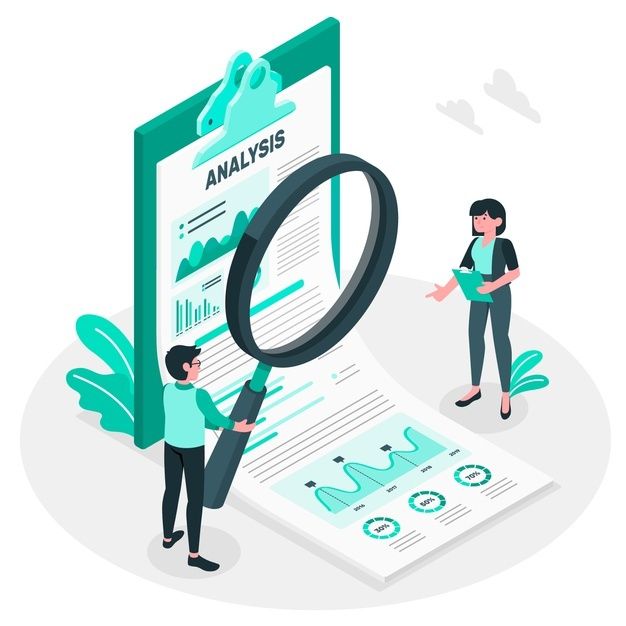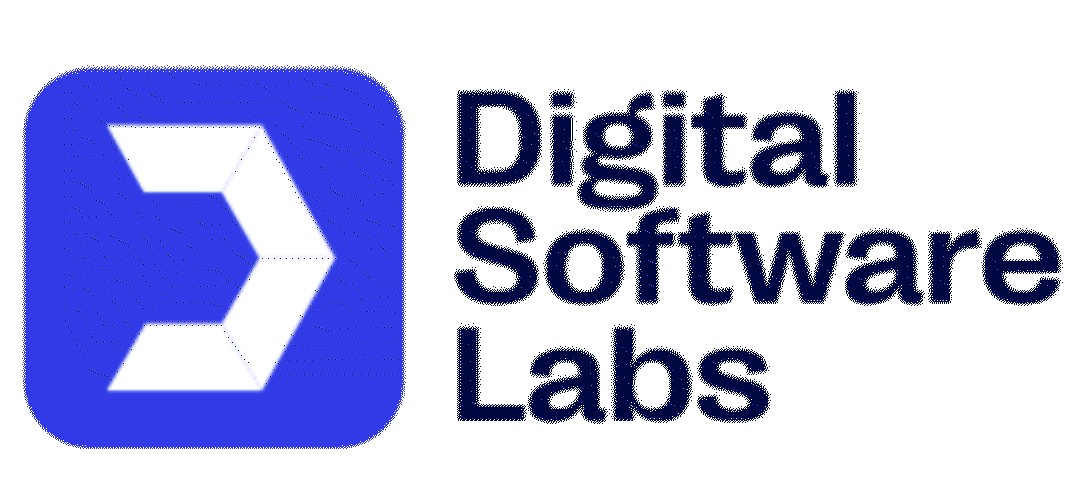Introduction
As apps are growing, the application development agencies are creating their own shape. Now days, app development is as necessary for soft products as a tangible platform for hard products. Every single action is transforming in software and digital content, so it is essential for application development agency to create the best and fit model for app software companies.
Before going to an app development company, you must read the following steps to understand correctly what you needed for the best modern app development strategies step by step, so you are indeed at the right platform to take the right path!
• Need Analysis:

Basically, need analysis is the process of identifying what customers desire has not been met, and the observer has to find out and evaluate it in the right form to meet customers need in a sustainable form. Here is what you need: Identify the need gap: first of all, you need to evaluate the current condition and desire condition. What the customer is looking for to complete the need but has not found any solution for the problem, the business observer has to find out the need gap for lauching the core product for the covering it into a digital product. assessment of need Ratio: after finding out the core problem of the need, ask the following questions:
1 . Who are my target audience?
The target audience is the group of people you are trying to reach with marketing efforts to fulfill their needs.
2.where they are living?
Here the examiner analyzes the customers’ demographic information.
3. What is their purchasing power?
The buying power of the consumer refers to the ability to purchase commodities.
4. How many customers have fallen in this need?
know about your customer base/your potential customers.
5. Is it a long-term need or short-term?
Long-term need requires advance planning and consistency, and short-term need requires immediate solutions that demand our day-to-day functions.
• Compititors Analysis:
Before going to any business, it is essential to examine the same industry that you are going to be offering the same product or service in the market. Here are a few tips to analyze the competitors: Identify your competitors: collecting information about the same app who are falling in the same app service helps to visualize your app growth and makes it more clear what your app will look like in the future. Examine your direct competitor’s business model: Explore your competitors from complete angles, identifying their strengths, weaknesses, threads, opportunities, business objectives, USP, process, operation strategies, product, pricing, place, promotion, advertising strategies, and more. Examine their performance: see their traffic sources, growth trend, benchmark, market share, website review, customers feedback, and insight information.
• Make App USP (unique selling point):

kind of strategy that makes business different from competitors and makes a special branding image in the consumers and customers’ minds. Identify your app’s key features: Examining app key features helps to develop the unique selling point that distinguishes your app from your direct and indirect competitors. highlights the benefits: Make it more clear what benefits you offer apart from competitors, what they will receive from your service, and how your app will offer the best fit for them. Differentiate your app in the context of pricing, usability, security, speed, payment options, quantity, or quality. Make an app, usp clear and concise: once you have developed the final brainstorming of your app’s usp, now make it in to simple language, memorable,memorable easy to understand, innovative, clear, and concise that grabs the attention of customers. Make it mind-share branding: promote the usp that comes first in mind of consumers before the competitors when customers think about a particular market.
• UX and UI designer (user experience and user interface):
user experience (UX) is responsible for the look and feel of a product,, website, or app when the user interacts with them (how it will work), while user interface (UI) is responsible for the visual interface with a screen, buttons, icons, and other visual elements (how it will look). They both work closely to create an effective and easy-to-use interface.
ux-desighner process:
User research: this research gives information about the awareness of users, their preferences, needs, motivation, and goals, and more importantly, how they will feel and experience when they interact with our app or product. 2. design (wireframe and prototyping) usability in design: when thinking about the design of anything, it’s not just about planning or drawing but also how it will work.
Information architecture:
the purpose of information architecture is to structure, label, and organize the content.Wireframing refers to the illustration or diagram of an app page that looks at the allocation of the space on that page, the distribution of content and images, and functionality. Testing: Before launching an app, testing can save time and money, along with saving from big losses and failures of ideas that will remain alive for the long term in the minds of the target audience. use UX designers use different types of tests before launching them and gather real data on how users think about them.
• App Development Strategy

Plan app features: sketch the entire features of the app, its layout, template options, and colors. How it should be visualized to end-users: is it user-friendly, convenient, speedy, quality-oriented, or quantity-oriented? It should be well planned. Select app lauching platform: after developing features of the app, now think about the place where you want to launch the app so you can create reliability with its features. Some common examples are web applications, iOS, and Android applications. Map out data strategy: mapping out data strategy is the process of managing, analyzing, collecting, and utilizing the current data and how it will be managed in the future, and what plans and tools will be used to map out the data for taking the right decision. Select app monatization strategy: the app monetization strategy is to select the method of generating and collecting revenue. some examples: paid, free, freemium, subscription, premium, and so on. Test your app: Before launching an app, test your app to see if it matches your planned actions or not. There are many kinds of tests you can use to test your app; a few of them are: performance testing 2.functional testing 3.security testing 4.usability testing 5.speed testing
• Use SEO:
use of search engine optimization helps users to find your site, content, and web; it also increases the rank of content and helps users whether they visit your site or not.
• Select Data storage Platform:
it depends on your application content, design, features, and requirements what types of data storage your application is needed. The following are some common examples of data storage for application: local storage: if applications have small data, go for local storage. cloud storage: if an application has more data, then go for cloud storage. hybrid storage: the combination of both term local and cloud storage for complex applications.
• Strong Cyber Security Strategy:
using a strong password, updating software, hiring a cyber security team, keeping it virus-free, and auto-detecting cyber attack warnings. Different software implementations can secure applications from threads.
• Up to date:
be aware of trends, software updates, customer preferences, market trends, and timely innovation that will help you in the changing era.
• Keep Check and Balance:
for further development, check the entire system and improve mistakes, mitigate the risk, analyze the current position for improvement, and keep control over the whole mechanism.
Conclusion:
As per the market demand the app development has become the backbone of the any business that can cater the large scale of audience, identifying the potential customers, coping up with competitors , operation efficiency, increase customers’ engagement and generate more revenue with the help of modern application development .
